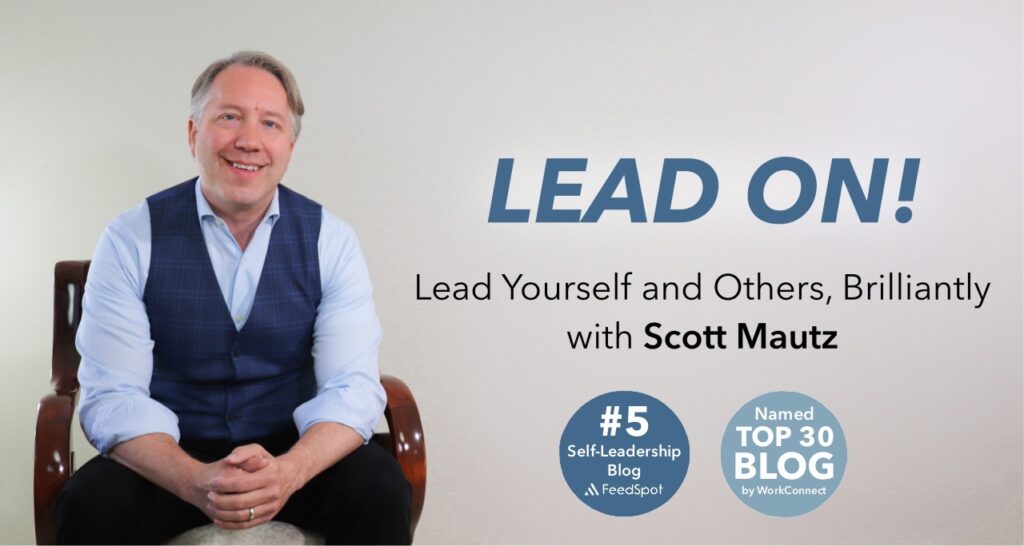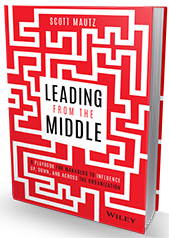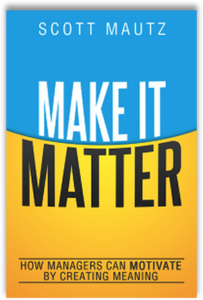
INSIGHTS (on leadership/self-leadership)
Psychology shows there’s a naturally occurring rhythm for increasing your confidence that unintentionally gets interrupted. It’s known as the Confidence & Control Cycle, pictured here:

I’ll explain. Starting at number one on the above, you face a challenge. In number two, you attack it with a sense of confidence, believing that you have the abilities to get through that challenge and believing you’re largely in control of outcomes – and that you’ll focus on what you can control along the way. You successfully work your way through that challenge until the next challenge arises (number three). You handle this subsequent challenge with an increased sense of confidence and control over outcomes (number four), which you take into the next challenge you face, and so on. A virtuous cycle. So, what’s the issue?
Cycle Busters. Four things that can happen that interrupt this naturally occurring cycle of: struggle a bit, learn from it, grow more confident, repeat. They are:
• Self-doubt creeps in.
• Catastrophizing or exaggerating the challenge and its impact.
• Getting stuck in “it’s not fair.”
• Playing the victim.
This last one is particularly devastating because the underlying belief is “I’m powerless,” which, of course, you aren’t. You can find in-depth counsel for each of these “interrupters” in my recent book, The Mentally Strong Leader. My point here is to raise your awareness of the Confidence and Control Cycle, and help you avoid breaking it.
IMPERFECTIONS (spotting improvement areas in others)
Ever have trouble pinpointing exactly what someone needs to improve on? You know something they’re doing isn’t quite working, but you’re having a hard time nailing it down.
Try using The 90% Rule, which says that 90% of the time, our opportunities lie within the shadows of our strengths. For example, someone who excels at creating a high-level vision may not be so good at following through on the level of detail required to carry that vision out. Inversely, someone who excels at attention to detail and thoroughness may not be very good at setting a broad vision people can rally around.
Or perhaps someone who is an outstanding collaborator may not be decisive enough, for fear of not wanting to leave a valued point of view behind. Or they might be very decisive, but they decide in a silo, rarely enrolling anybody to their decision. You get the idea. When trying to spot what someone needs to work on, first look in the shadows of their strengths.
IMPLEMENTATION (one research-backed strategy, tip, or tool)
If you’re like me, you’re experiencing a time of economic uncertainty, where any investment you’re fortunate enough to make in the stock market is swinging wildly through peaks and valleys. It’s at times like these I’m reminded of the importance of a different kind of investment: the investment you make each day in living according to your values. Values, of course, are those little things we do each and every day that exemplify who we are, the small daily impressions that leave a big permanent impression. But, to return to my investments theme, consider this. Research shows that, on average, retirees are 7 times more concerned about leaving a values-based inheritance than they are a financial one.
In other words, investing to live your values consistently is the 401(k) of a meaningful life.




Leave a Reply